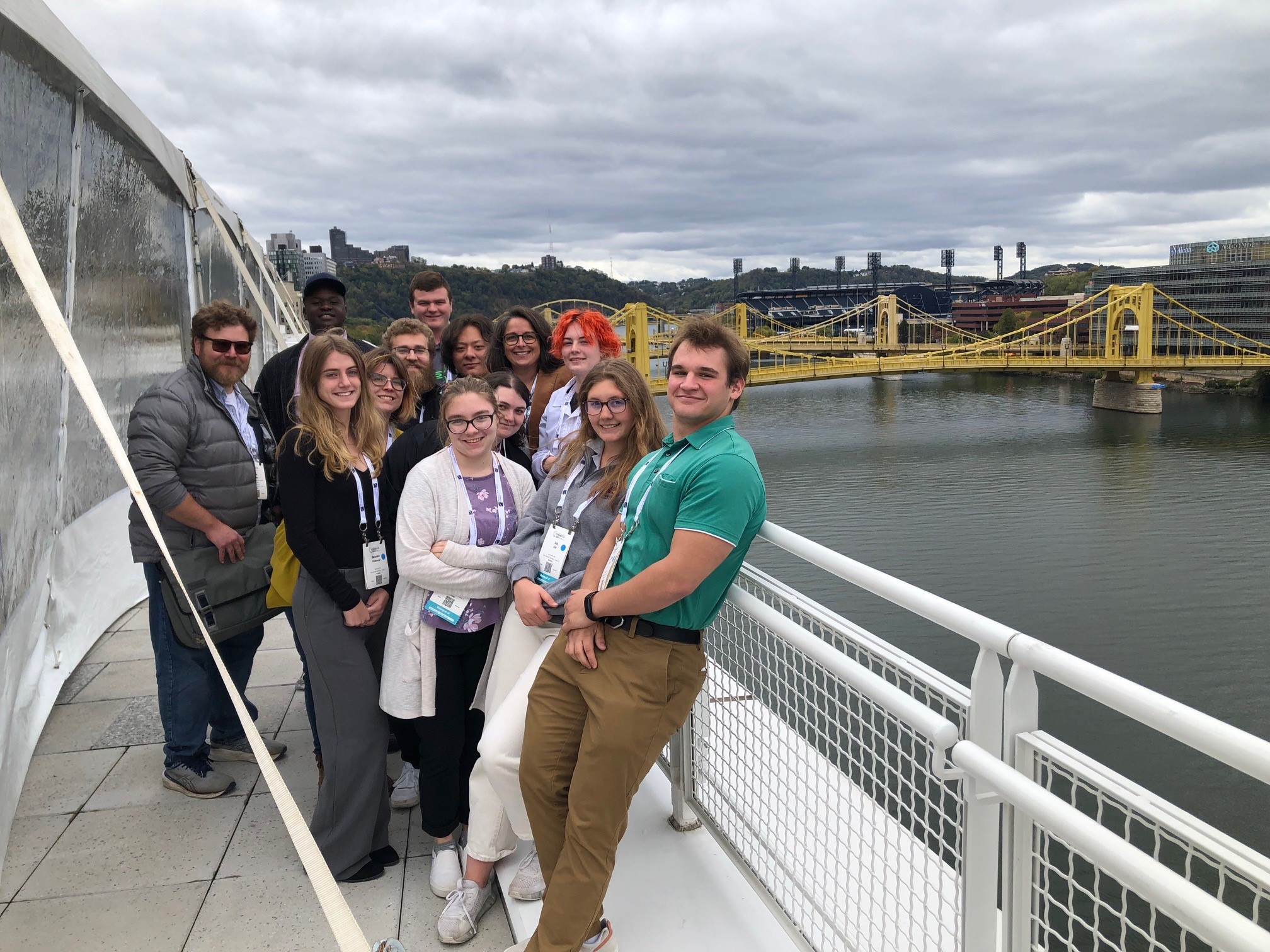Geology / Environmental Geology
What makes Millersville geosciences special?
Students enrolled in the environmental earth sciences and geosciences gain critical skills for professional success. Our curriculum meets all of the academic requirements for licensure as a professional geologist and our students are incredibly successful on the licensing exam. Our students learn not just the theory, but have ample opportunity to apply their knowledge in the field. Our faculty take students out to see the rocks and practice their skills identifying and measuring geologic features. Our classes sizes are small with 15-24 students which is just large enough so that students can work and learn from one another, but small enough so that our geoscience faculty provide individual attention. Our students learn to think critically and communicate effectively by practicing these skills in the classroom: they conduct research, write reports, and present their findings. Our faculty provide regular feedback so that our students learn from their mistakes and graduate as competent fledgling scientists.
Rock Solid Preparation
Millersville University geology graduates passed the most recent Fundamentals of Geology Examination at a rate of 80%. This pass rate is well above the national average of 58%. In nearly all content domains of the exam, the Millersville geology alums exceeded the national average, in some cases by over 10 percentage points. The Fundamental of Geology Examination is a four hour test administered by the National Association of State Boards of Geology. It has been established to assess common knowledge and skills in geology throughout the nation.
Students Present at Geological Society of America Meeting

Geoscience students attended the annual meeting of the Geological Society of America (GSA) meeting in Pittsburgh, PA, in October 2023. Students participated in seminars on career readiness, attended sessions on their favorite geoscience topics such as planetary geology, and explored the myriad of opportunities available in the geoscience field whether that be economic geology, structural geology, or geochemistry.
Hands-On Experiences
Our students hone their craft in both the lab and in the field. Students use advanced software and laboratory equipment to analyze and model complex geological problems. And extensive field experiences allow our students to apply the skills learned in the classroom to gain a better understanding of the earth system.
LOCAL
Whether on campus or a short drive away, our faculty take students outdoors to gain hands-on field experience. Students in geophysics use a magnetometer to locate a buried 'waste' drum and using seismic refraction to determine depth to bedrock. Students in hydrology classes map a nearby stream channel and measure water velocity at multiple points to determine stream discharge.
 Pennsylvania
Pennsylvania
The geomorphology class travels across Pennsylvania examining the impact of Pleistocene glaciers on the landscape. In this photo, students are standing on a diabase sill that is exposed along the banks of the Susquehanna River near Three Mile Island. The landforms of the surrounding area (including water gaps, river terraces, and potholes) are the result of the interplay between melting glaciers and the underlying rock.
 Bear Valley, Pennsylvania and Hudson Valley, New York
Bear Valley, Pennsylvania and Hudson Valley, New York
Students in classes such as Structural Geology and Sedimentaiton and Stratigraphy take field trips to Bear Valley in PA and the Hudson Valley of New York. Students are standing on vertical beds of Becraft Limestone deposited during the lower Devonian (~400 million years ago). Students mapped contacts between various formational units and created a map to be used in a cross-sectional interpretation of a fold and thrust belt environment.
